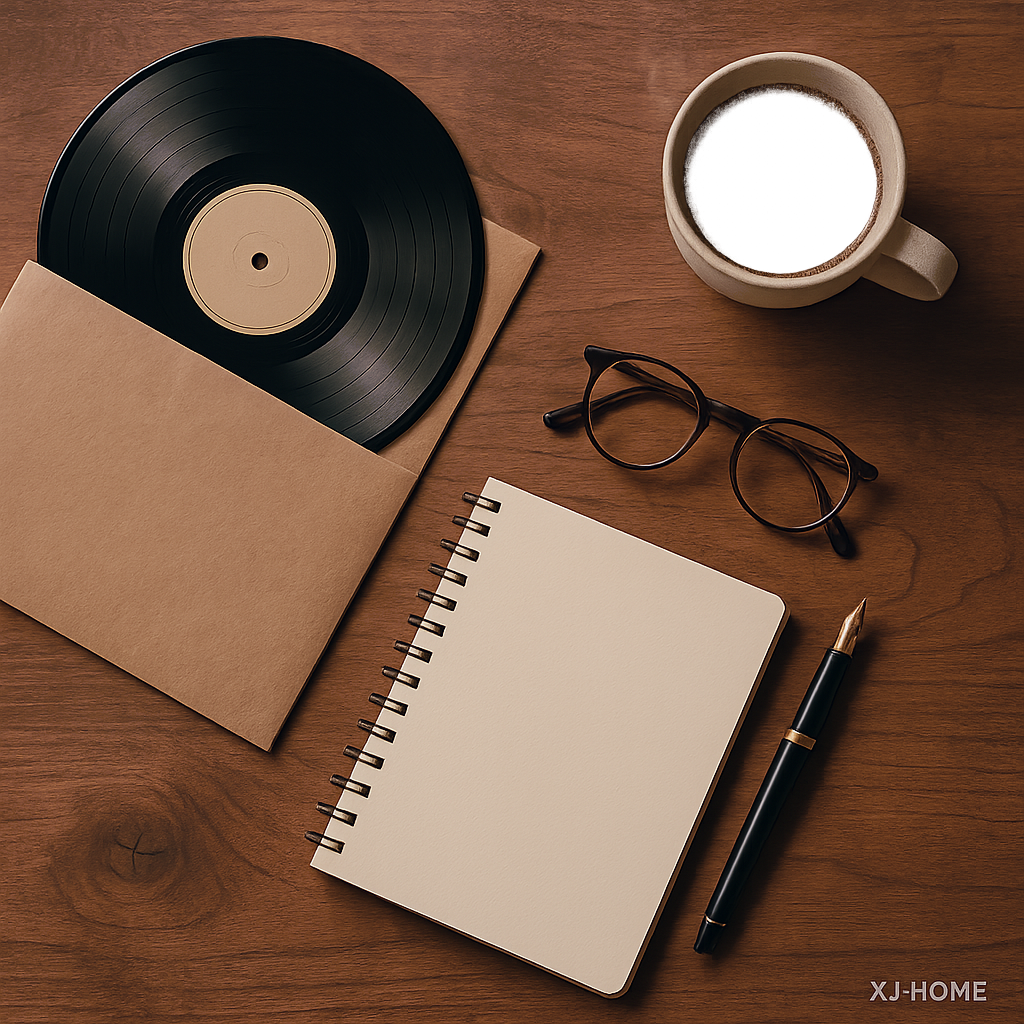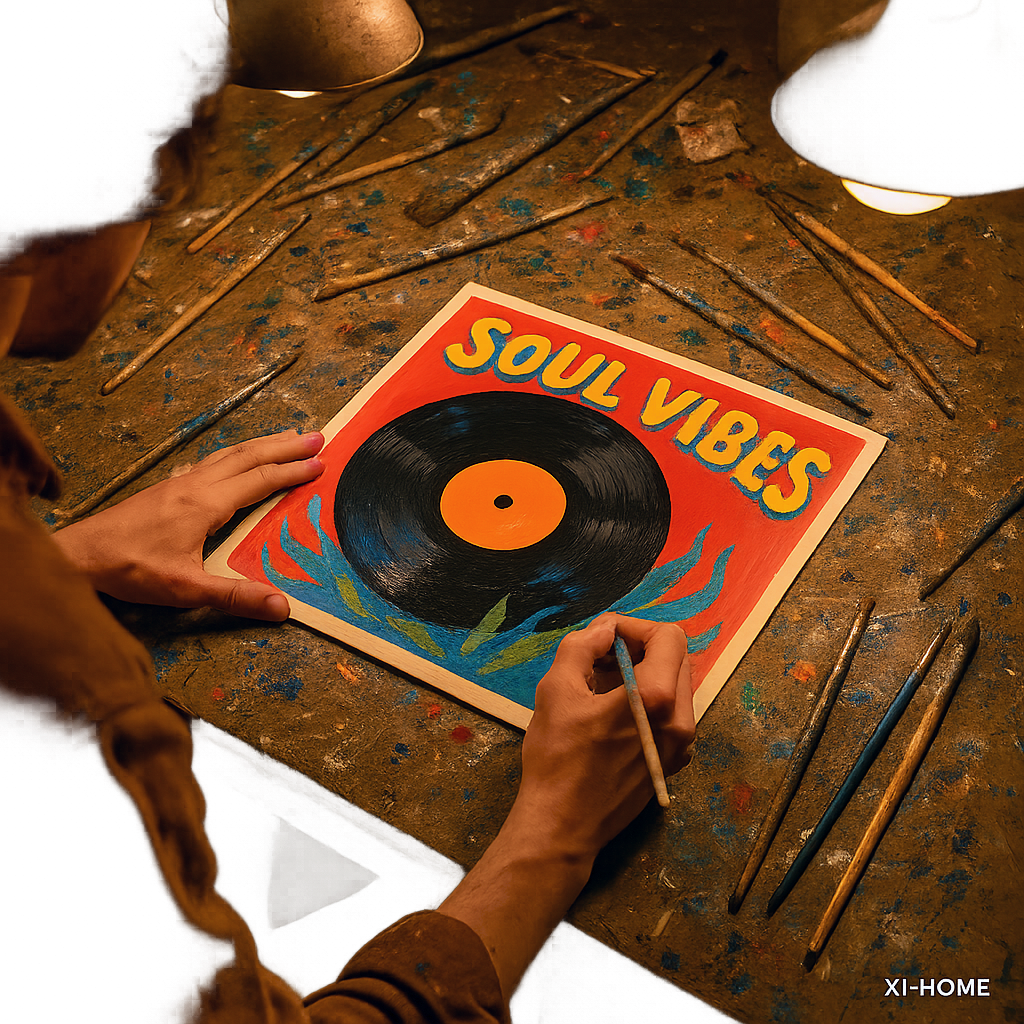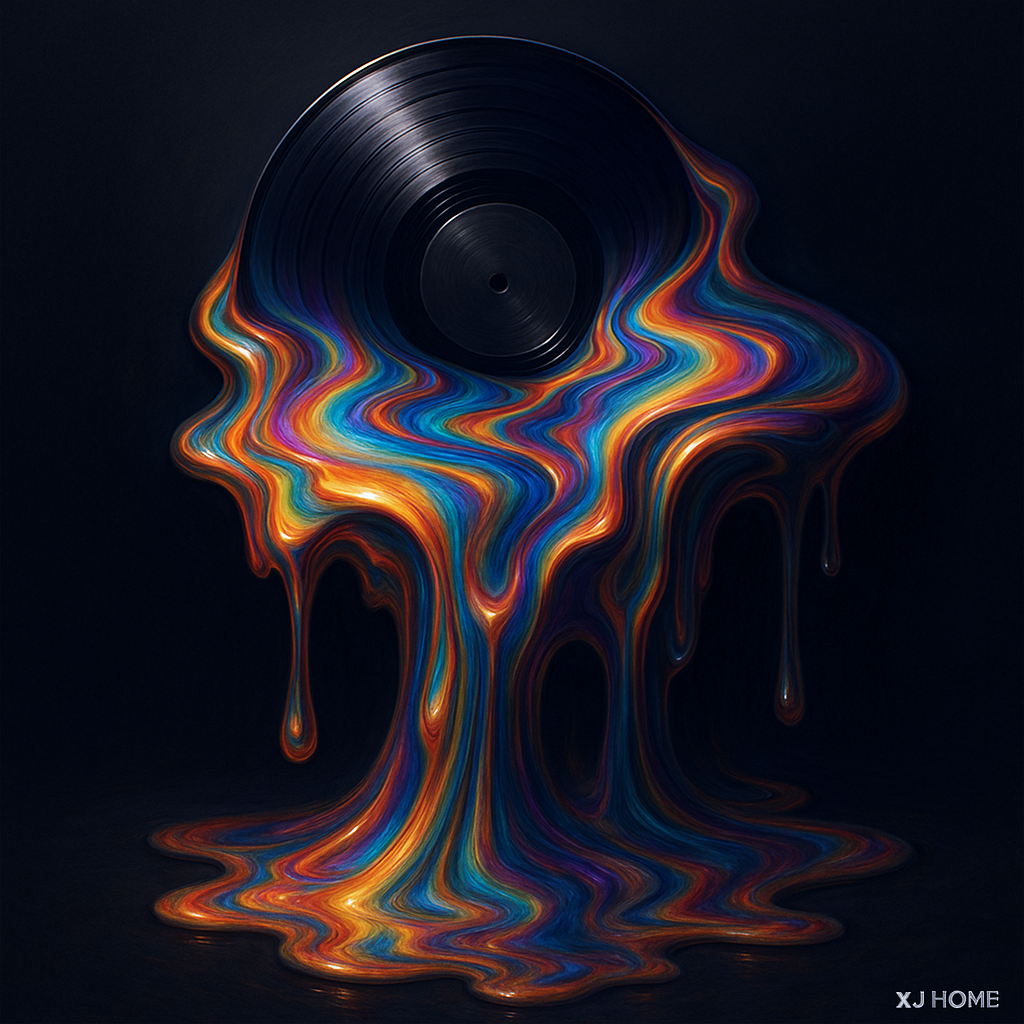In the quest for auditory bliss, audiophiles have long debated the merits of different playback formats. Few comparisons ignite as much passion as the classic analog versus digital debate, often distilled down to: record player vs. digital streamer. Which one truly sounds better? The question seems simple, but the answer is a complex tapestry woven from threads of technology, psychoacoustics, system synergy, and deeply personal listening preferences.
Spoiler alert: there's no universal champion. Both vinyl and high-quality digital streaming can deliver breathtaking musical experiences. The "better" sound often lies in the ear of the beholder and the specific circumstances of playback. At XJ-HOME, we believe the ultimate goal is a profound connection with music, regardless of the medium, but understanding the characteristics of each can help you tailor your journey to sonic satisfaction.
Part 1: The Case for Vinyl - The Allure of Analog Warmth
The enduring appeal of vinyl records isn't just nostalgia; proponents point to several sonic characteristics they find superior or more engaging.
-
"Warmth" and "Fullness": This is perhaps the most frequently cited attribute. Vinyl playback can exhibit a perceived richness, particularly in the midrange and lower frequencies. This can be due to a combination of factors:
-
Harmonic Distortion: All analog systems introduce some level of harmonic distortion. Certain types and amounts of even-order harmonic distortion can be perceived as musically pleasing, adding "warmth" or "body" to the sound.
-
RIAA Equalization: The RIAA equalization curve, necessary for cutting and playing records, affects the frequency response in a way that some find inherently musical.
-
The Analog Chain: The entire electro-mechanical process – stylus in groove, cartridge, tonearm, phono preamp – contributes to a unique sonic signature that is fundamentally different from a digital reconstruction.
-
-
Perceived Dynamic Range: While technically, high-resolution digital can have a wider measurable dynamic range, some listeners find that vinyl presents dynamics in a more natural or impactful way, particularly the micro-dynamics that contribute to realism.
-
The "Organic" Feel: Many vinyl lovers describe the sound as more "organic," "natural," or "less clinical" than digital. This can be attributed to the continuous, unbroken nature of the analog waveform, as opposed to the discrete samples of digital audio.
-
The Tactile Experience: While not strictly a sonic attribute, the ritual of handling records, cleaning them, and watching them spin contributes to a more engaged and intentional listening experience, which can heighten the perception of sound quality.
Potential Downsides of Vinyl:
-
Surface Noise: Clicks, pops, hiss, and rumble are inherent to the medium, even with pristine records and excellent equipment.
-
Limited Measurable Frequency Extremes & Channel Separation: Compared to high-res digital, vinyl has limitations at the very highest frequencies and in terms of how much separation can be achieved between stereo channels.
-
Wear and Tear: Records and styli wear out over time, affecting sound quality.
-
Setup Sensitivity: Optimal vinyl playback requires meticulous setup (cartridge alignment, tracking force, VTA, azimuth, leveling).
Part 2: The Case for Digital Streaming - Precision, Purity, and Potential
High-quality digital streaming, especially using lossless codecs or high-resolution files, offers its own set of compelling sonic advantages.
-
Exceptional Clarity and Detail: Digital audio can reproduce music with incredible precision, offering a very low noise floor, allowing subtle details and nuances in the recording to shine through.
-
Wider Measurable Dynamic Range & Frequency Response: High-resolution digital formats (e.g., 24-bit/96kHz or higher) can capture and reproduce a wider range of dynamics and frequencies than vinyl.
-
Perfect Channel Separation: Digital offers virtually perfect separation between stereo channels, contributing to precise imaging and a wide soundstage.
-
Consistency and Durability: Digital files don't degrade with playback. Every play is identical to the first, assuming the playback hardware is functioning correctly.
-
Convenience and Accessibility: Vast libraries of music are available at your fingertips, often in very high quality.
Potential Downsides of Digital Streaming:
-
"Digital Glare" or "Clinical Sound": Some listeners find certain digital playback, particularly from lower-quality DACs (Digital-to-Analog Converters) or poorly mastered digital files, to sound "harsh," "sterile," or "fatiguing." This is less of an issue with modern, well-designed equipment and high-resolution sources.
-
The Quality of the Source Master: The adage "garbage in, garbage out" applies. A poorly mastered digital file will sound poor, regardless of the playback equipment. The "loudness wars" have also resulted in many digital masters being overly compressed, sacrificing dynamic range for sheer volume.
-
Dependence on DAC Quality: The DAC is a critical component. Its quality significantly impacts the final analog signal fed to your amplifier.
-
Network Stability (for streaming): While not a direct sonic issue of the format itself, dropouts or buffering due to poor network performance can interrupt the listening experience.
Part 3: Factors That Tip the Scales
The "better" sound isn't inherent to just the format; it's heavily influenced by:
-
Source Material & Mastering: This is arguably the most crucial factor.
-
A recording that was originally analog and masterfully transferred to vinyl by engineers who understand the medium can sound sublime.
-
Conversely, a digital recording that was poorly mastered for vinyl (e.g., using a compressed CD master) will likely sound compromised.
-
Similarly, a high-resolution digital file sourced from the original master tapes can sound incredible, while an upsampled, compressed file will not. Many audiophiles seek out information on the provenance of their recordings. Resources like the Steve Hoffman Music Forums are rife with discussions about the best-sounding masterings of various albums on both vinyl and digital.
-
-
Equipment Quality:
-
Vinyl: A high-quality turntable, tonearm, cartridge, and phono preamplifier are essential for extracting the best from LPs. An entry-level turntable will not outperform a well-sorted high-end digital streaming setup.
-
Digital: A quality streamer, a high-performance DAC, and good quality digital interconnects (if applicable) are vital for top-tier digital sound.
-
-
System Synergy & Setup: How well your components work together and how meticulously your system is set up (speaker placement, room acoustics, turntable calibration) will have a massive impact on the final sound, regardless of format.
-
Listener Preference & Psychoacoustics:
-
Some people are simply more attuned to, or forgiving of, the characteristic colorations of vinyl. Others prioritize the pristine clarity of digital.
-
The act of listening and the associated rituals can influence our perception. The engagement with vinyl can create a more focused, and therefore subjectively "better," experience for some.
-
-
The Music Itself: Some genres or recording styles might lend themselves better to one format over the other in the ears of some listeners. For example, acoustic music or classic rock from the analog era often shines on vinyl, while complex electronic music or modern pop might benefit from the precision of digital.
Part 4: The XJ-HOME Perspective - It's About the Experience and Connection
At xenonjade.com, we believe that the debate over which format sounds "better" can sometimes overshadow the ultimate goal: a deep, immersive, and emotionally resonant connection with music. Both well-executed analog and high-quality digital systems can achieve this.
-
Vinyl offers a tangible, ritualistic, and often uniquely engaging experience. The "warmth" and "organic" nature many describe can be incredibly inviting. It demands attention and rewards it with a sound that many find deeply satisfying.
-
Digital streaming offers unparalleled convenience, access, and the potential for stunning clarity and technical perfection. For exploring vast musical landscapes or critical listening where absolute fidelity to the bits is paramount, it's an incredible tool.
Many audiophiles, ourselves included, find immense joy in both formats, choosing the medium that best suits the mood, the music, or the moment. The key is to invest in quality components for your chosen path(s) and to focus on what brings you the most musical pleasure. For those interested in the technical underpinnings of digital audio and how it compares to analog, websites like Sound On Sound often feature in-depth articles that explore these topics.
Conclusion: Trust Your Ears, Enjoy the Music
Instead of seeking a definitive "winner," perhaps the better approach is to appreciate the distinct strengths and characteristics of both record players and digital streamers. The "best" sounding system is the one that consistently makes you want to listen longer, explore deeper, and connect more profoundly with the artists and their creations.
Whether you're drawn to the tactile allure and sonic signature of vinyl or the pristine clarity and boundless library of digital streaming, the journey of building a system that delights your ears is one of the great joys of being an audiophile.
Happy listening, on whichever format sings to you!





Leave a comment
All comments are moderated before being published.
This site is protected by hCaptcha and the hCaptcha Privacy Policy and Terms of Service apply.